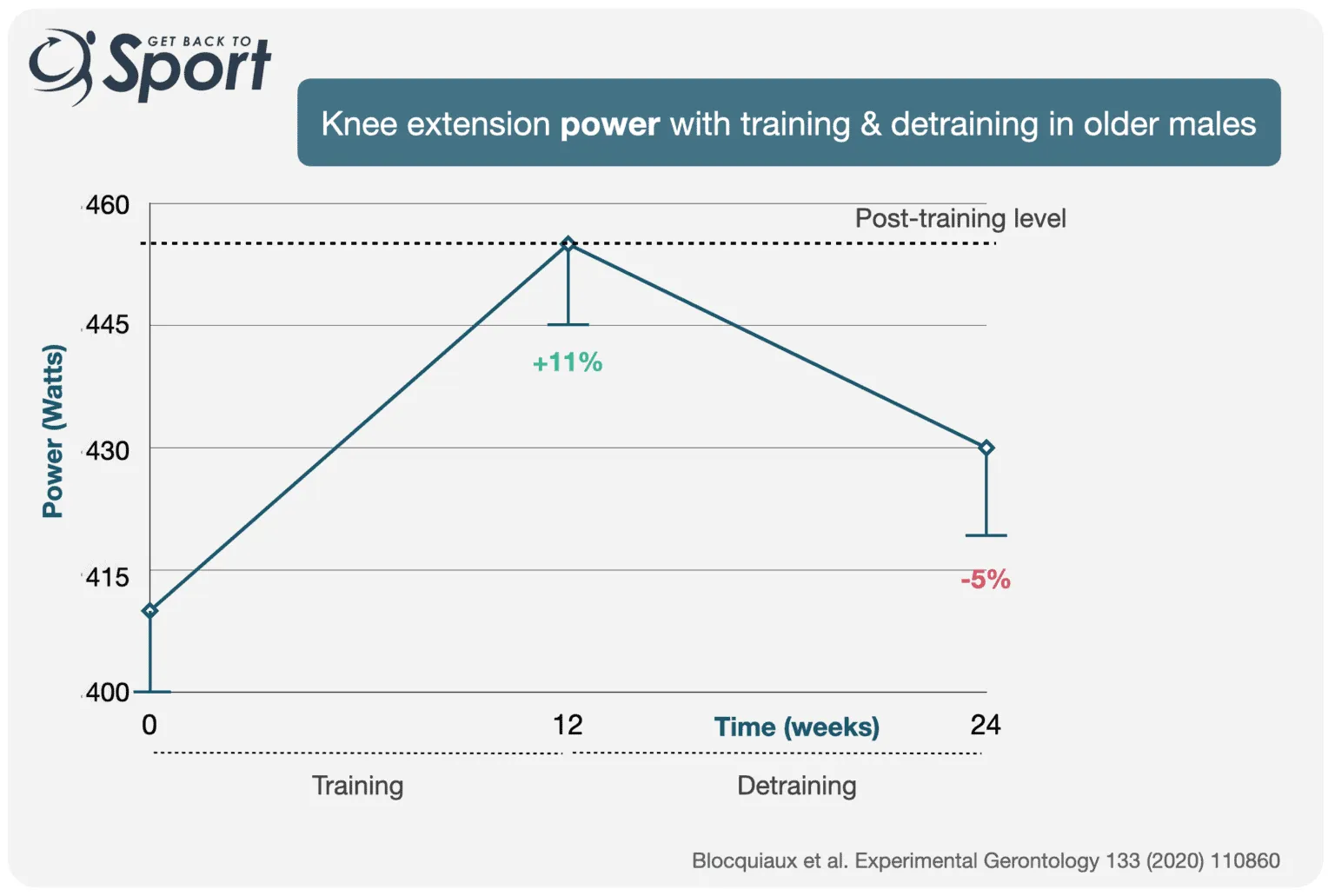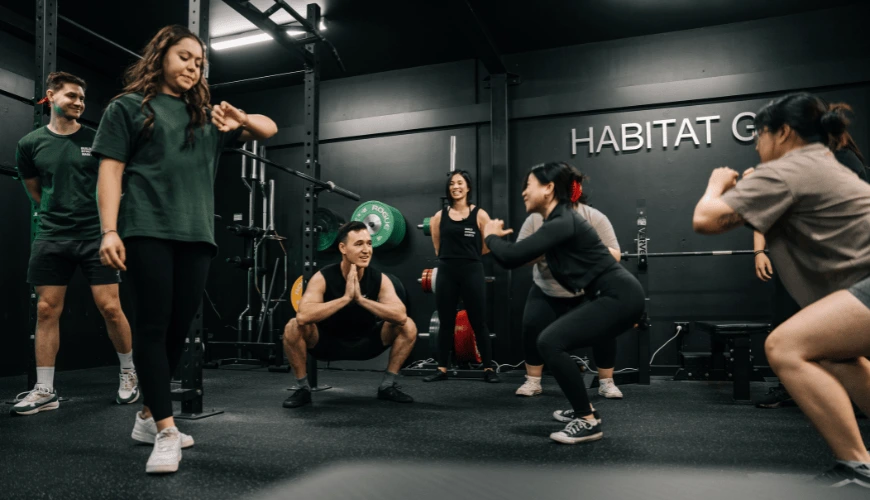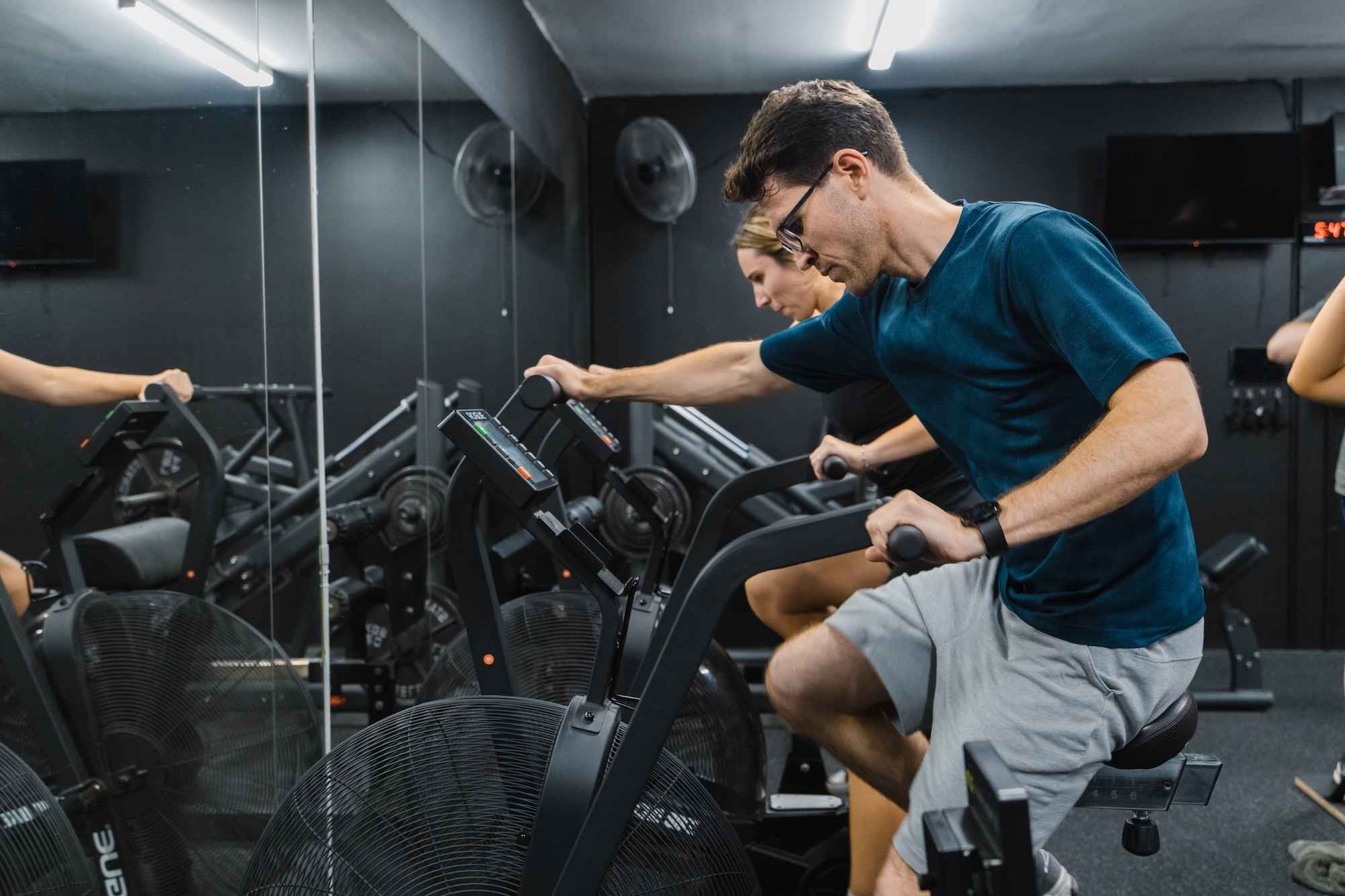Use it or Lose it
Have you stopped working out because:
- You got injured and rather than working around it, you just stopped completely?
- You took a break from training and now you can’t seem to get back into it?
- We’re in lockdown and hell, gyms are closed so why the f*ck not?
Let’s face it, we’re all human and life happens. It gets in the way and then we fall off the training bandwagon. The important thing is that we take small actions every day to move our bodies and stay physically active. Why? Apart from the usual health benefits, when you stop exercising for an extended period of time, you can lose the effects of training (e.g. muscle size and strength) and your body goes back to its pre-training state. That is often referred to as reversibility or “use it or lose it”.
If your body has no reason to stay at a higher state of readiness to deal with stressors such as resistance training, it returns to its pre-training level. Your strength levels decrease, muscle mass is lost and there are decreases in neural activation.
While you may lose the effects of training after you stop exercising, the detraining effects can be reversed when training starts again. And more often than not, your body will regain the lost effects more quickly than the time it took you to build those gains.
A study by Blocquiaux et al (2020) subjected an older male population to a 12-week whole body resistance training program. They then stopped their training for 12 weeks and resumed it for 12 weeks. In the graph below, you can see gains in knee extension strength at 8 weeks and 12 weeks, but the strength gains made over the training period were not all lost after a period of detraining (in fact it was less than half). When they restarted their training, they were more assertive at the end of the second 12-week period than after the first.

So what can you do to prevent ‘losing it’?
Not to be confused with planned rest which is important for your body to make adaptations, here are some strategies you can use to stick to your training routine:
- Rather than stop training entirely if you’re injured, work around it and do alternative exercises that don’t aggravate the injury.
- If gyms are closed and you don’t have equipment at home, do bodyweight exercises instead to help maintain muscle.
- Take rest days when you’re training to give your body time to recover and make adaptations to avoid overtraining.
- If you’ve lost motivation to train, take a small action every day to move your body. Going out for a walk, doing a short YouTube workout, or find a training partner.
- Work with a Personal Trainer to plan your programming to include a planned deload (if needed) to allow your body to recover, give your mind a break from hard training and get ready for another block of programming.
- And lastly, listen to your body. If your body is screaming for time off, take it off and don’t feel bad about it. Once you get back into your training routine, your body will regain strength and mass more quickly than it took you to build those gains.

